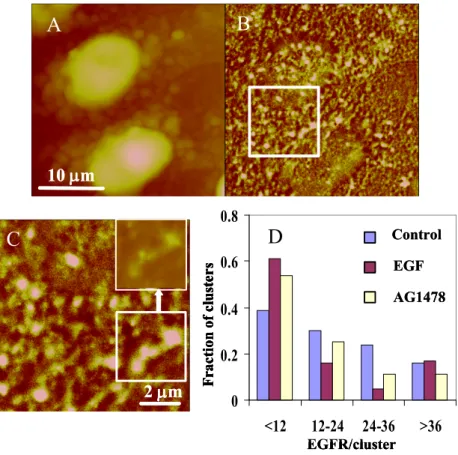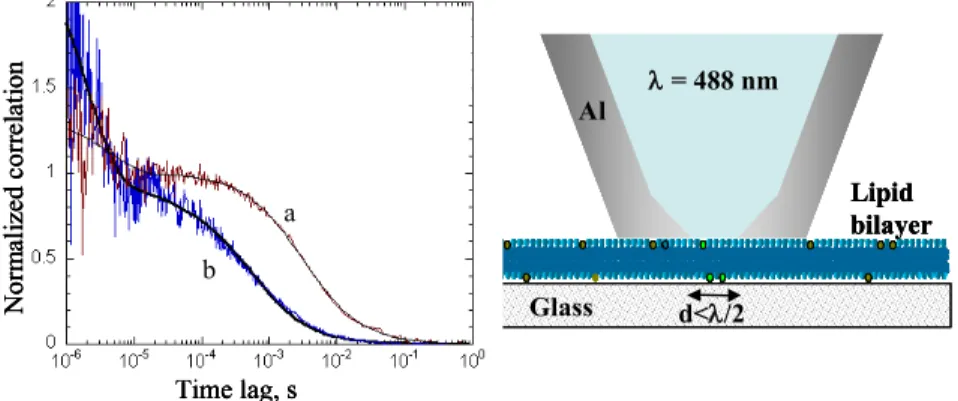Fluorescence imaging on the nanoscale : bioimaging using near-field scanning optical microscopy
Texte intégral
Figure
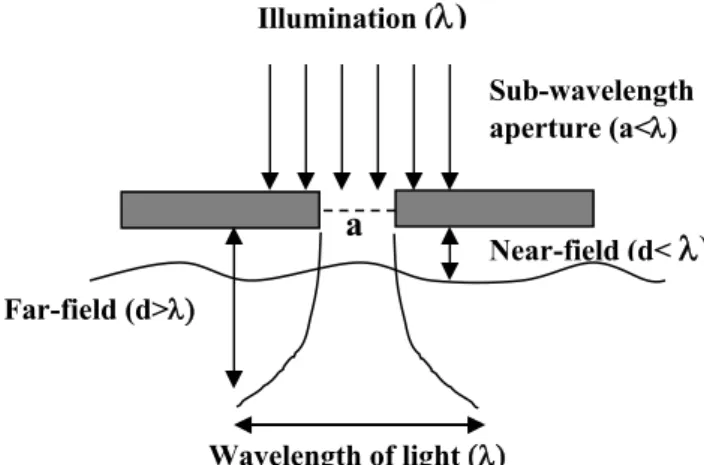
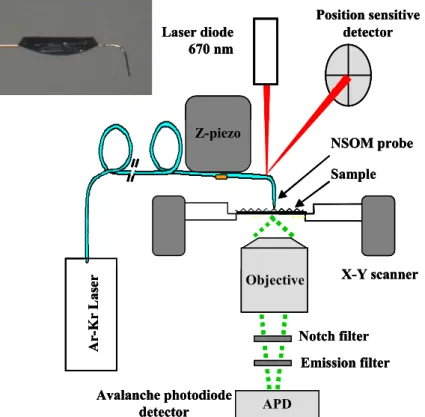
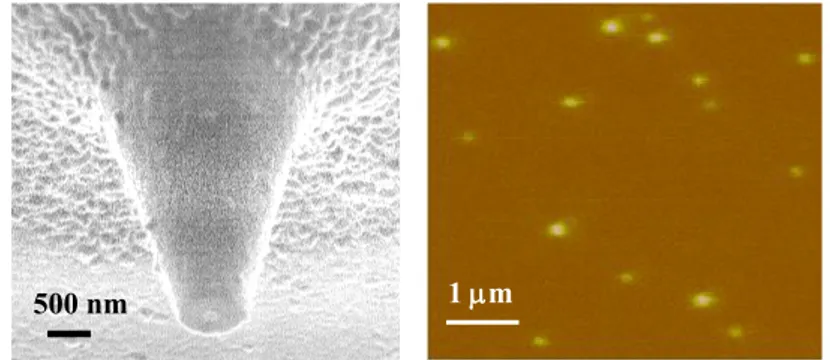
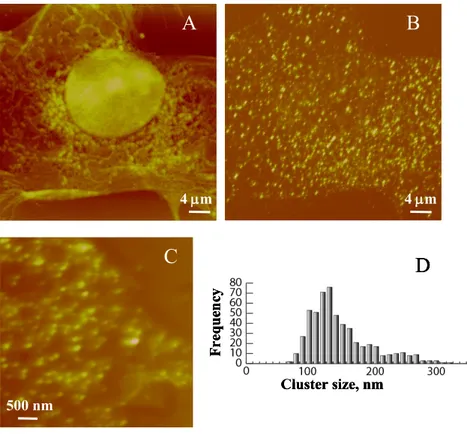
Documents relatifs
In this paper, we present a method to improve the probe correction accuracy by an inverse filtering approach that takes into account the statistical characteristics of
Given the constant association with an adjacent central lesion on T2- weighted images, we suggest that such involvement of cisternal peripheral cranial nerve in MS reflect a
This chapter will explore the history context of Polypterus Senegalus and other fish with natural predator resistance skin and armor, understand the fundamental
Analyzing a CNF experiment is then performed in two steps: first, a full 3D finite element programming is locally performed to evaluate the electric field in the probe alone,
Once again, mutual interactions between probe and sample are the source of the complexity of the near field analysis and a reason why finite element programming [6, 7] is almost
Moreover, the local properties (structure, soil material) in the probe volume of influence also influence the sensitivity of the capacitance probe signal to soil temperature. It is
From this type of Fourier transform, modal analysis can be performed and important optical characteristics of the waveguide can be retrieved such as the number and the effective
Multiscale probing is not limited to atomic-force microscopy and can be extended to any type of scanning probe technique in nanotechnology, including piezoforce
